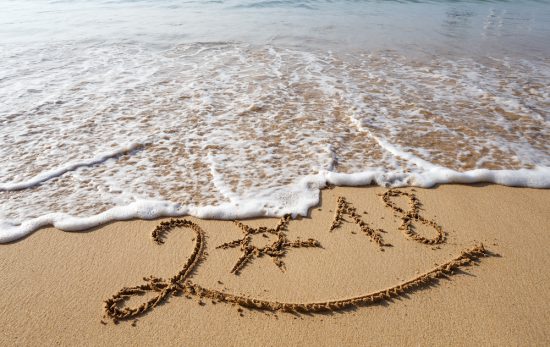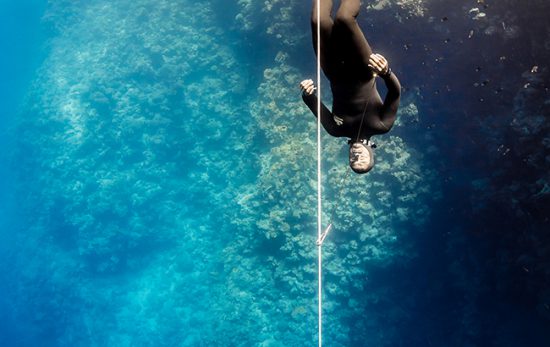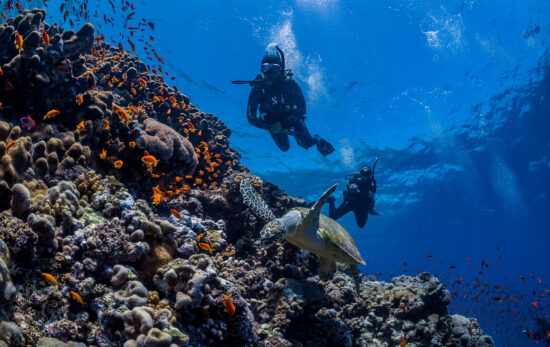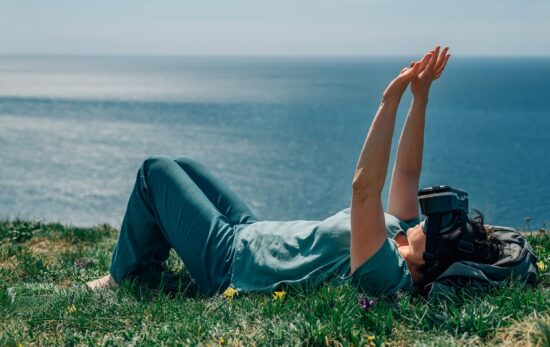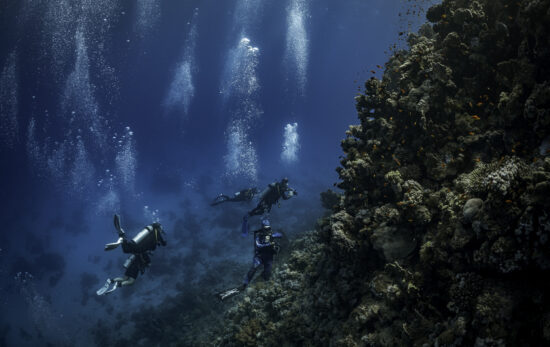Cover photo: Jonathan Sunnex
Written by AmbassaDiver Akim Ladhari
I can hear Renee signalling the countdown that she is giving right by my side. It’s in this last minute before the dive that I empty my mind and think about nothing else…10, 9, 8, 7, 6, 5, 4, 3, 2, 1…
As I start my decent into The Blue Hole, Dahab I am very slow and relaxed, my mind is empty and every step of the dive comes in a logical sequence of actions. Every step of the dive is made up of various techniques in a chain reaction and missing one will mean having to abort the dive and come back up.
I stop kicking and start my freefall, then in a few seconds the alarm on my dive computer starts indicating that it’s time for me to start the mouthfill.
The mouthfill is a deep equalisation method I use which allows me to safely keep equalising at depth. From now I can relax and enjoy the freefall to 90m.
At 50m the arch comes into view, even without a mask I can enjoy the light coming through it. When I do wear a mask I can often see the giant dog tooth tuna who inhabit the area. The Blue Hole has often hosted giants such as whale sharks and I remember, a few years ago, a massive tiger shark and hammerhead coming inside for a short visit.
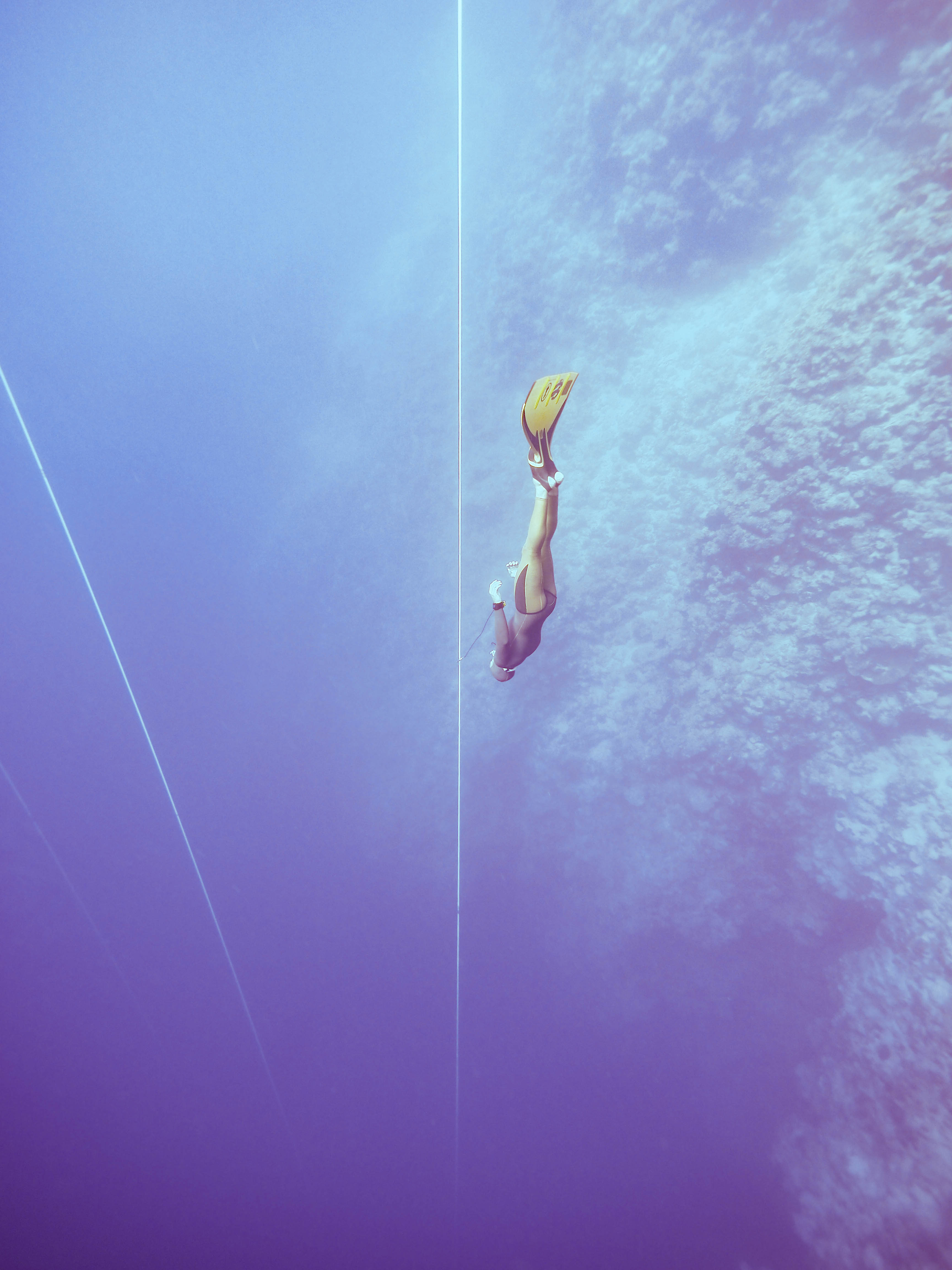
By now the freefall has lasted for about one and a half minutes. In fifteen seconds I should reach the bottom plate. I start my smooth and controlled turn and slowly start to kick back up with my monofin. At this point I am usually slightly narked; Nitrogen Narcosis is more commonly known among scuba divers but it can also happen to freedivers. Most commonly when diving below 70m. For me it’s never been very strong and when it hits it’s just strong enough to make the dive more enjoyable.
The ascent is the hard part of the dive as you need to use serious physical effort to get your body back up, however as I have done this dive several times as part of my training I can still have a relaxed view of the Arch. As I come up the visibility extends as more light gets through the water.
At 25m I can hear Renne signalling with a sound that she is present and escorts me the rest of the way up. This is the time for me to wake up and focus. Since 90m has become a relatively easy dive for me I do a 40 second hang at 10m so I can extend my effort and bring my thoughts back together. Slowly I float up to the surface, when I emerge from the water I put both my arms on the buoy, start my recovery breathing, remove my noseclip and give the OK sign to my buddy.
Now, is the time to be proud – the dive was successful and easy. When I do dives to this depth and below it reminds me what a friend of mine told me when we were both training to below 100m. That not many people in the world freedive to 100m, and that when you’re at that depth in that moment you’re probably the only person in the world that deep in the sea. This makes me conscious that what I do is indeed a privilege.

The session is not yet over; it is time for me, after the necessary rest, to do the safety for Renee’s deep dive.
Read my blog post ‘A Day in the Life of Professional Freediver Akim Ladrhi’ to find out what happened in my day preceding and after this dive.
Inspired to find out more about Freediving? Learn more here.
